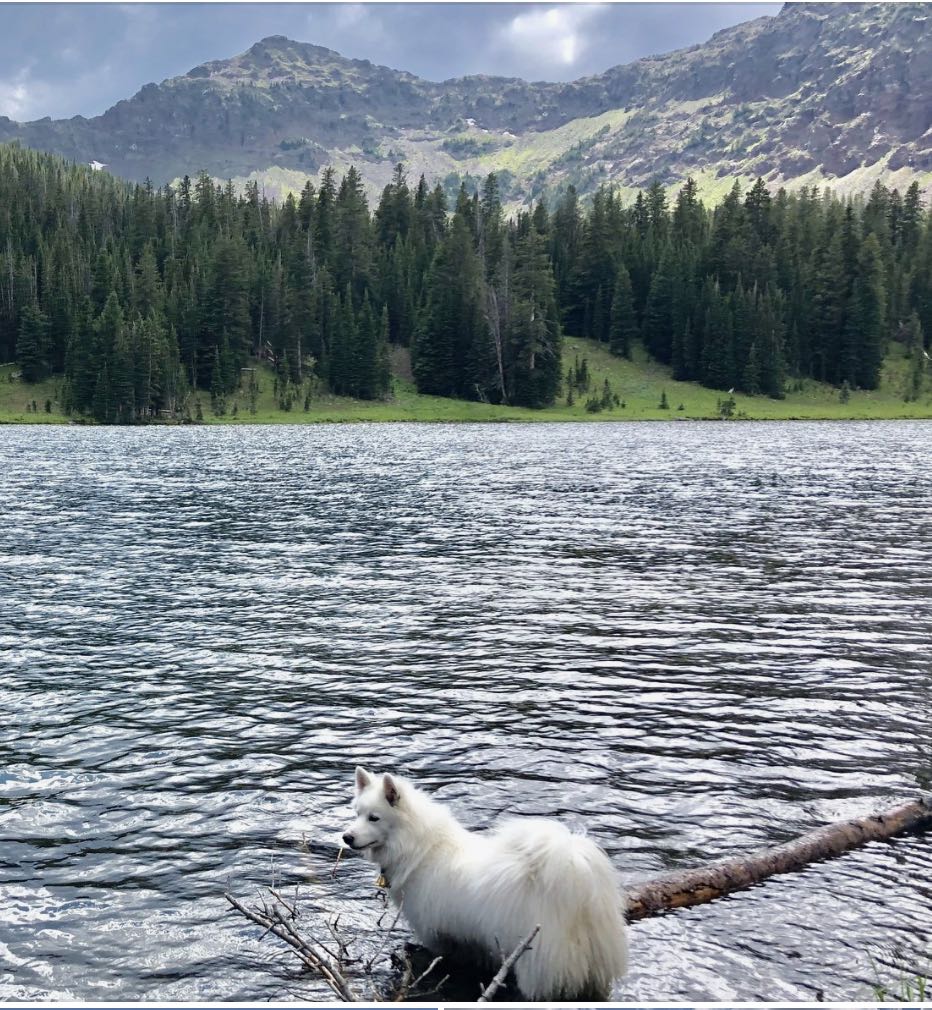
And here may
well end the story of Buck.
The years were not many when
the Yeehats noted a change
in the breed of timber
wolves; for some were seen
with splashes of brown on
head and muzzle, and with a
rift of white centring down
the chest. But more
remarkable than this, the
Yeehats tell of a Ghost Dog
that runs at the head of the
pack. They are afraid of
this Ghost Dog, for it has
cunning greater than they,
stealing from their camps in
fierce winters, robbing
their traps, slaying their
dogs, and defying their
bravest hunters.
Nay, the tale grows worse.
Hunters there are who fail
to return to the camp, and
hunters there have been whom
their tribesmen found with
throats slashed cruelly open
and with wolf prints about
them in the snow greater
than the prints of any wolf.
Each fall, when the Yeehats
follow the movement of the
moose, there is a certain
valley which they never
enter. And women there are
who become sad when the word
goes over the fire of how
the Evil Spirit came to
select that valley for an
abiding-place.
In
the summers there is one
visitor, however, to that
valley, of which the Yeehats
do not know. It is a great,
gloriously coated wolf,
like, and yet unlike, all
other wolves. He crosses
alone from the smiling
timber land and comes down
into an open space among the
trees. Here a yellow stream
flows from rotted moose-hide
sacks and sinks into the
ground, with long grasses
growing through it and
vegetable mould overrunning
it and hiding its yellow
from the sun; and here he
muses for a time, howling
once, long and mournfully,
ere he departs.
But
he is not always alone. When
the long winter nights come
on and the wolves follow
their meat into the lower
valleys, he may be seen
running at the head of the
pack through the pale
moonlight or glimmering
borealis, leaping gigantic
above his fellows, his great
throat a-bellow as he sings
a song of the younger world,
which is the song of the
pack. |
